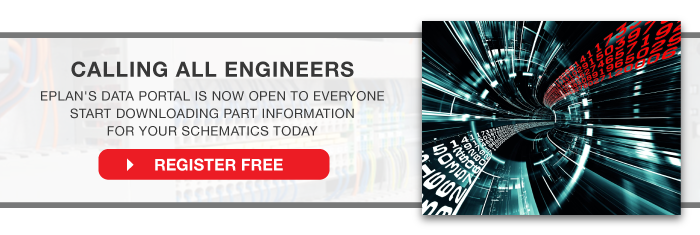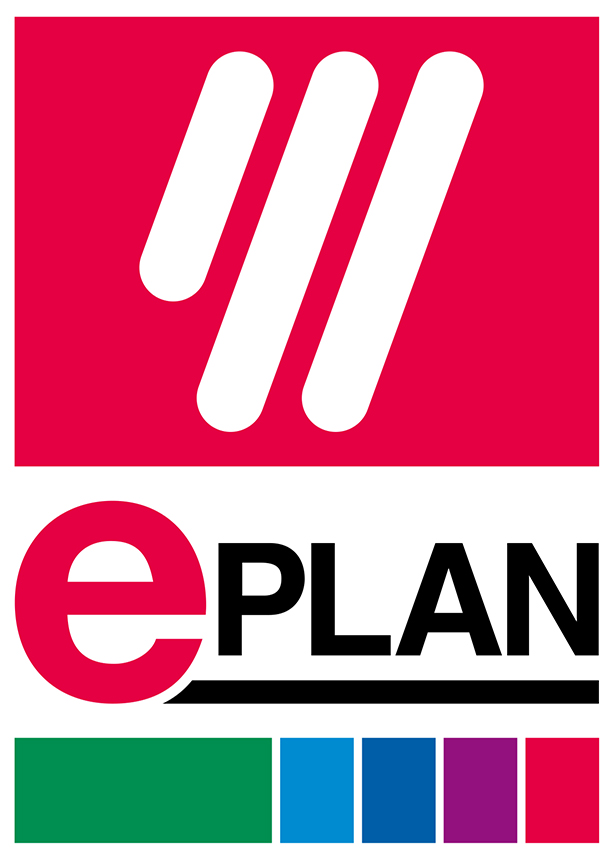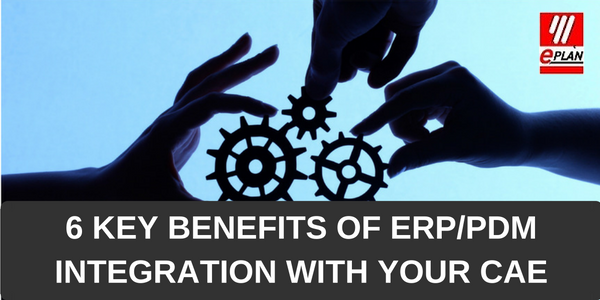As the technology matures, one of the benefits of the Smart Factory concept is having a real time 360-degree view of your operations. For those involved in design, having this visibility can create time and cost efficiencies and offer a competitive advantage.
Key to this is having the ability to tie systems together into a cohesive environment, which is why EPLAN continually works to build integrations into its EPLAN Experience. One of the latest examples of this is integration with SAP’s ERP system.
A company’s ERP (Enterprise Resource Planning) and PDM (Product Data Management) programs hold the information that is unique to their business development decisions. Because data is the lifeblood of any effort, the EPLAN Experience strives to make the most efficient and effective use of that data.
The EPLAN Experience is a methodological, step-by-step concept to increase engineering efficiency and design optimization, making each of your individual engineering practices more efficient. Integration with industry leading ERP and PDM systems is instrumental in fully benefiting from the EPLAN Experience and ensuring integrated workflows in your company processes. This is achieved by connecting the construction process to adjacent processes like ERP and PDM.
Currently, EPLAN integrates with Siemens Teamcenter, PTC Windchill, Autodesk Vault, and SAP. We’re going to outline some of the benefits of PDM/ERP integration and how it improves workflow here using SAP integration as an example.
#1 Data Consistency
By having your ERP and PDM systems connected with EPLAN, design and production integrity can show vast improvement. As we have often shared within this blog, data creation and the role it plays in operations is growing exponentially. There are far reaching business implications conveyed by the unique use of data. Seamlessly configuring your business intelligence and product lifecycle management only makes sense and enhances design and manufacturing efficiencies.
This is also important from the perspective of those overseeing the project. If you’re a manager, you want to have different views into your data depending on the insights needed at a given moment. You can view and query that data from different perspectives. For example, perhaps a query listing all projects that make use of device X is needed. Or, maybe a list of all the customers that have bought part X is required, in order to help efficiently manage a recall.
#2 BOM Interface
The ability to deploy and integrate your bill of materials (BOM) into the design process is another key advantage of PDM/ERP integration within your design management.
Whether created within the EPLAN software or exported from your PDM, BOM integration offers many benefits. For example, the BOM becomes available to split into separate bins allowing segregation into smaller lots based on mounting location. Advantages of this include a more localized view and a more tailored ordering and tracking capability.
#3 Adherence to Company Policies
By linking to your ERP/PDM, specific company policies can be addressed within your design and production processes. For example, any green product initiatives can be accounted for.
#4 Check In/Check Out Integration
By connecting to a company’s internal data, EPLAN manages check in/check out permissions on projects. Access rights are addressed and coordinated collaboration on those projects is enforced based on those rights. Once checked back in, the project is version and time stamped, providing a clear timeline and real time synchronization.
#5 Project Metadata
A project’s metadata defines that project, but that data can lack conformity, especially on a parts level. EPLAN integration with programs like SAP validates and vets that information so you don’t end up purchasing the wrong parts. Metadata like job numbers and customer information that are integral to the project is mapped within the project and kept in sync.
#6 Agnostic Formats
With EPLAN integration, all documentation can be created and exported in neutral formats, such as jpeg, pdf, etc. This allows for agnostic delivery of documents that can be revised and controlled within all connected systems.
For more information about EPLAN's ERP/PDM Integration Suite, click here.





